-
Templates
1099 FormsAccurately report 1099 information returns and ensure IRS filing with easeExplore all templatesW-9 W-8 FormsEasily manage and share taxpayer details to streamline payments and meet IRS requirements with confidenceExplore all templatesOther Tax FormsFillable tax forms simplify and speed up your tax filing process and aid with recordkeeping.Explore all templatesReal EstateReal estate templates for all cases, from sale to rentals, save you a lot of time and effort.Explore all templatesLogisticsSimplify your trucking and logistics paperwork with our ready-to-use transportation and freight templates.Explore all templatesMedicalMedical forms help you keep patient documentation organized and secure.Explore all templatesBill of SaleBill of Sale templates streamline the transfer of ownership with clarity and protection.Explore all templatesContractsVarious contract templates ensure efficient and clear legal transactions.Explore all templatesEducationEducational forms and templates enhance the learning experience and student management.Explore all templates
-
Features
FeaturesAI-Enhanced Document Solutions for Contractor-Client Success and IRS ComplianceExplore all featuresAI Summarizer Check out the featureAI PDF summarizer makes your document workflow even faster. Ask AI to summarize PDF, assist you with tax forms, complete assignments, and more using just one tool.Sign PDF Check out the featurePDFLiner gives the opportunity to sign documents online, save them, send at once by email or print. Register now, upload your document and e-sign it onlineFill Out PDF Check out the featurePDFLiner provides different tools for filling in PDF forms. All you need is to register, upload the necessary document and start filling it out.Draw on a PDF Check out the featureDraw lines, circles, and other drawings on PDF using tools of PDFLiner online. Streamline your document editing process, speeding up your productivity
- Solutions
- Features
- Blog
- Support
- Pricing
Invoice Payment Terms Explained

Liza Zdrazhevska
What are payment terms on an invoice? In this article, we will provide in-depth answers to this and many other questions on the topic. We will gladly let you in on the definition of invoice payment terms and emphasize their crucial role in business transactions. Understanding the significance of these terms is paramount for bolstering your income and improving customer relationships. Additionally, we'll provide expert insights on selecting the most suitable invoice guidelines for your specific business needs. Stay tuned to optimize invoicing practices and skyrocket your corporate efficiency to stardom.
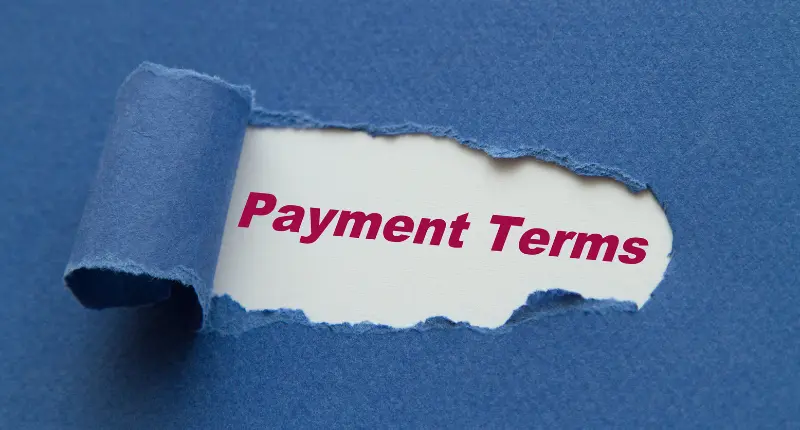
What Are Invoice Payment Terms?
These terms refer to the specific conditions and guidelines outlined by a seller to dictate when and how a buyer should make payment for goods or services rendered. Invoice should be clear for the receiver to read and understand.
Here's when invoice terms and conditions are typically used:
- Commercial Transactions. Businesses use payment terms when selling products or services to other businesses or customers.
- Service Contracts. Freelancers and service providers utilize financial guidelines to outline compensation schedules for their services.
- Wholesale and Retail Sales. Suppliers and retailers establish these guidelines for bulk orders or regular purchases.
- Project-based Work. Contractors and consultants define financial rules for milestone-based or completed-project transactions.
- Recurring Services. Subscription-based businesses use terms and conditions for regular service charges.
- International Trade. Exporters and importers agree upon financial requirements to facilitate cross-border transactions.
Standard Payment Terms on Invoice
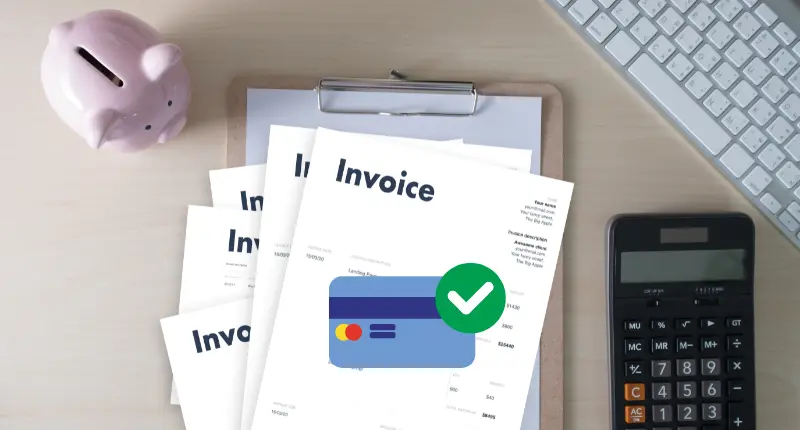
These terms are commonly used in business transactions to specify the agreed-upon conditions for compensation between the seller and the buyer. They outline the timeframe and method within which the transaction should be finalized.
Here are some widely used abbreviations and sample terms and conditions for invoice docs (along with their meanings and definitions):
- Net 15 - Payment is due within 15 days of the invoice date.
- Net 30 - The transaction should be processed within 30 days of the invoice date.
- Net 60 - Financial compensation should be sent within 60 days of the invoice date.
- EOM (End of Month) - Compensation is due at the end of the calendar month.
- 1/10 Net 30 - If paid within 10 days, the buyer may deduct 1% from the total amount. Otherwise, compensation is due within 30 days.
- COD (Cash on Delivery) - Payment is due upon receipt of goods/services.
- PIAD (Payment in Advance) - Full compensation is required before goods/services are provided.
- 2/15 Net 45 - If paid within 15 days, the buyer may deduct 2% from the total amount. Otherwise, financial compensation should be sent within 45 days.
- D/A (Documents Against Acceptance) - Transaction due on acceptance of documents.
- D/P (Documents Against Payment) - Compensation is due upon receipt of documents.
Standard invoice payment terms serve several purposes, such as:
- Clarity. Clearly stating the terms avoids confusion and ensures both parties understand the compensation requirements.
- Cash Flow Management. These arrangements help businesses predict and manage their cash flow by setting specific due dates.
- Encouraging Prompt Payment. Offering discounts for early transactions incentivizes buyers to settle their dues quickly.
- Risk Reduction. Late compensation penalties deter delayed transactions, reducing financial risks for the seller.
- Smooth Transactions. Standard terms streamline the invoicing process and contribute to smoother transactions.
- Legal Protection. Including clear compensation conditions in the invoice provides legal protection in case of disputes.
Late fees for invoices

Don’t forget to include late fees for unpaid invoices in your payment terms. Not only does it act as a deterrent against delayed compensations, but it also enhances the enforceability of your terms. Here's why incorporating late fees is essential:
- Encourages Timely Payments. Late fees motivate customers to prioritize timely compensations, reducing the chances of prolonged delays.
- Compensates for Opportunity Cost. Late fees help compensate for the loss of potential earnings that could have been generated if the money was received on time.
- Fosters Client Accountability. Clients who know late fees apply are more likely to take their obligations seriously.
- Improves Cash Flow. Timely transactions bolster cash flow, enabling businesses to meet their financial debts promptly.
- Strengthens Business Relationships. While it may seem counterintuitive, clear late fee guidelines actually strengthen business relationships by setting expectations from the outset.
- Legal Support. In case of disputes, having well-defined late fees in your terms provides legal support and facilitates debt collection.
Below, we’ve provided some expert tips for including late fees in your payment terms:
- State the Late Fee Percentage. Specify the percentage or flat rate that will be charged as a late fee. For instance, ‘Late payments will incur a 2% charge on the outstanding balance.’
- Set a Grace Period. Allow a reasonable grace period before applying late fees to accommodate unforeseen delays.
- Outline the Due Date. Clearly state the due date for payment and the duration of the grace period, if any.
- Communicate Clearly with Clients. Discuss late fee policies with clients before initiating any business transactions to avoid surprises later.
- Include Late Fee Information in Invoices. Reiterate the late fee policy on each invoice to remind clients of their obligations.
- Be Consistent. Apply late fees consistently across all clients to maintain fairness and transparency.
- Offer Incentives. Consider offering early payment discounts to incentivize clients to pay on time.
- Send Reminders. Send friendly reminders a few days before the payment is due to encourage timely compensation.
- Document Everything. Maintain clear records of late payments, communications, and any actions taken to collect outstanding debts.
By including late fees in your invoice payment terms and implementing them properly, you create a more secure and efficient invoicing process. It promotes on-time compensation and safeguards your business against potential financial difficulties. We hope that the tips above will shed some light on how to write payment terms and conditions for you.
The Importance of Payment Terms

Invoice payment terms hold significant importance in business transactions as they establish clear guidelines and expectations for financial compensation between a seller and a buyer. When, for instance, a small web design business adds clear payment terms to their invoices, stating that full payment is due within 15 days of project completion, it helps them get paid on time and maintain steady profit.
Adding these terms is vital for several reasons:
- Clarity and Understanding. Well-defined guidelines ensure both sides are on the same page regarding payment obligations and deadlines.
- Revenue Optimization. By specifying when payments are due, businesses can effectively optimize their revenue and financial planning.
- On-Time Compensation Stimulation. Incentives like early payment discounts or penalties for late payments stimulate customers to manage their dues in a flash.
- Building Trust. Transparent and fair terms foster trust and credibility between the parties, encouraging long-term business relationships.
Overall, well-thought-out (and written out) terms and conditions for invoice play a crucial role in maintaining financial stability, fostering healthy business relationships, and ensuring a smooth flow of commerce between buyers and sellers.
Choosing the Best Invoice Terms
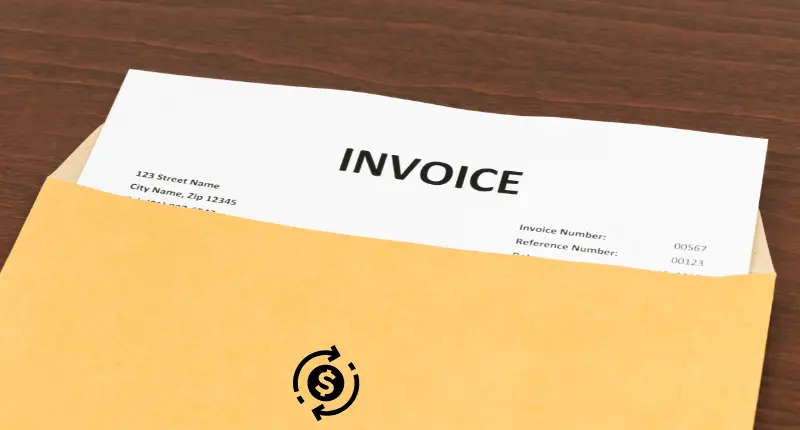
Here are important factors to consider when choosing invoice payment terms:
- Client Relationship and Trust. Assess the existing relationship with the client and their payment history. For long-term, reliable clients, flexible requirements may be appropriate, whereas new or uncertain clients may require stricter conditions.
- Industry Norms. Research standard compensation practices in your industry. Aligning your rules with industry standards ensures you remain competitive while avoiding unrealistic expectations.
- Market Competitiveness. Understand your market position and how your financial terms compare with competitors. Attractive payment guidelines can give you an edge in winning clients.
- Cash Flow Requirements. Analyze your business's cash flow needs. If you need regular and predictable income, shorter payment terms may be preferable.
- Customer Preferences. Consider conducting surveys or seeking feedback to understand your customers' preferences regarding compensation timelines.
- Nature of Products/Services. The complexity or nature of your offerings may impact payment conditions. Long-term projects may require milestone-based payments, while retail transactions may opt for immediate compensation.
- Late Payment Impact. Assess the financial impact of late compensations on your business. Incorporate late fees to encourage timely transactions and compensate for delayed income.
- Risk Tolerance. Evaluate your tolerance for financial risks associated with delayed or non-payment. Adjust terms accordingly to mitigate potential losses.
- Regulatory Compliance. Ensure your payment terms comply with legal and regulatory requirements in your area.
- Financial Stability of Clients. For large projects or high-value transactions, assess clients' financial stability to gauge their ability to meet payment obligations.
- International Considerations. If dealing with international clients, account for currency conversion rates, banking fees, and longer transaction processing times.
By carefully considering these factors, businesses can balance customer satisfaction and maintain financial stability. Utilize invoicing software that allows customization of payment terms or ready-to-use fillble invoices with clear design.
FAQ
How to write payment terms and conditions?
To succeed in this affair, clearly state the due date, accepted compensation methods, any late fees, and details on potential discounts. Ensure legal compliance and communicate these rules with clients.
Where do you put payment terms on an invoice?
Payment terms are typically placed near the bottom of an invoice, below the list of products or services provided. Clearly and politely state the terms to avoid confusion and ensure speedy compensation.
Should I use an invoice template?
Yes, using an invoice template can save time and ensure a professional look. For a variety of high-quality niche-specific invoice templates, you’re welcome to explore PDFLiner, which offers a wide selection to perfectly resonate with your business needs.















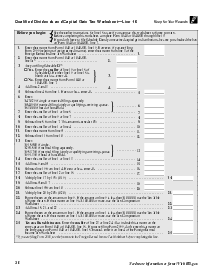
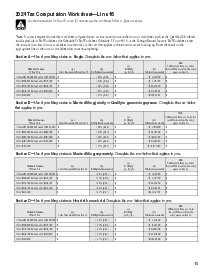
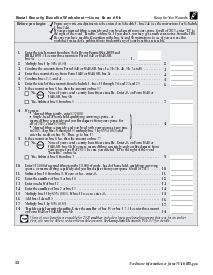


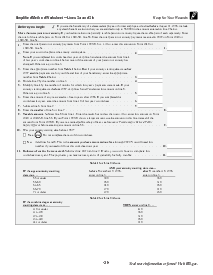

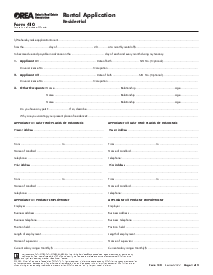
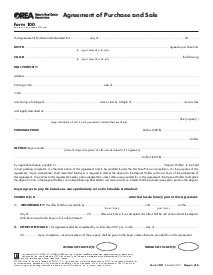



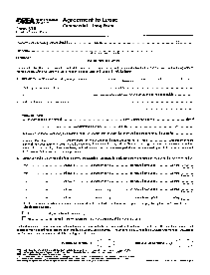
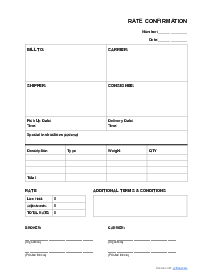

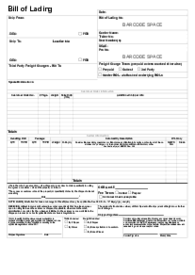

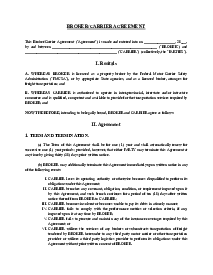
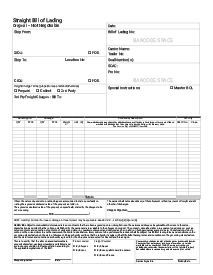
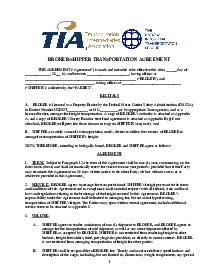
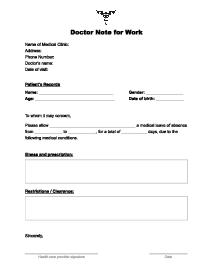

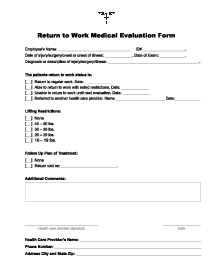

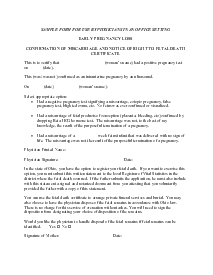

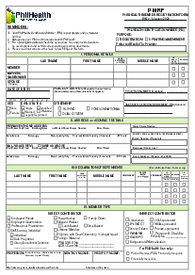
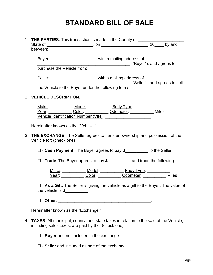

















.png)